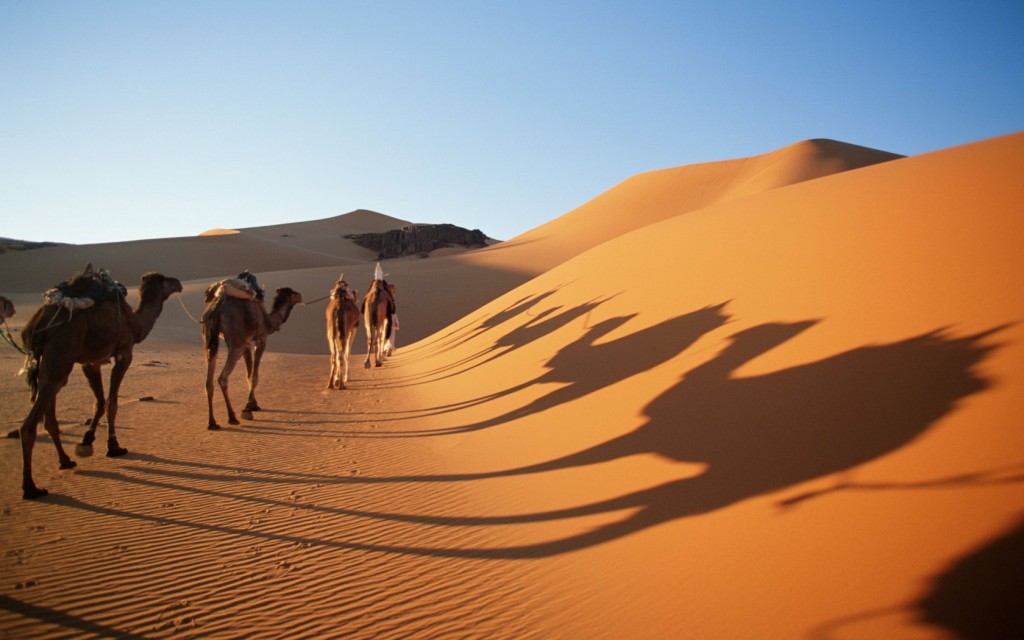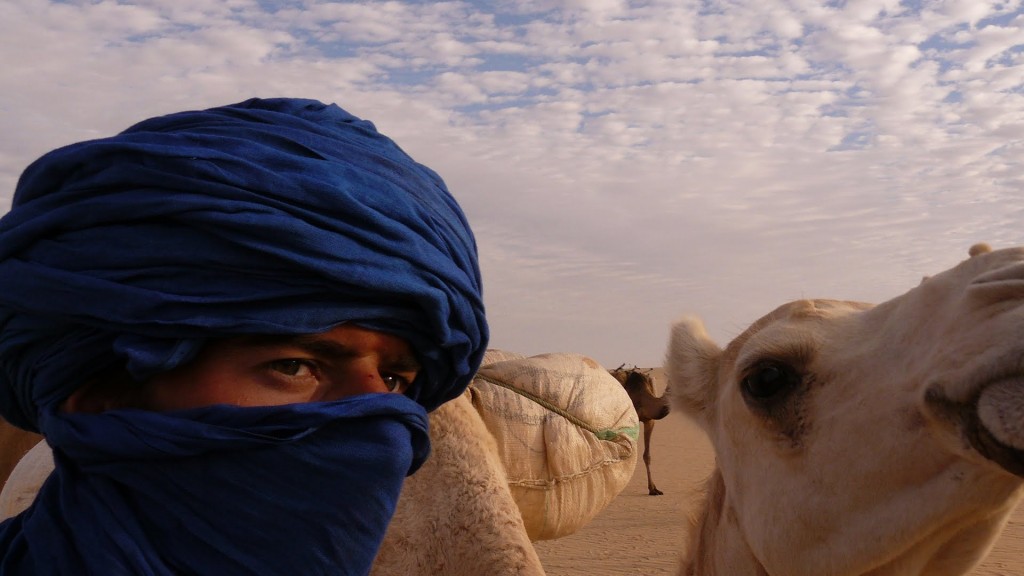25081. (Arthur Sullivan) Suite from the Incidental Music to The Merry Wives of Windsor
25082. (Afghan Whigs) Big Top Halloween
25083. (Gioacchino Rossini) Armida [complete opera; d. Serafin; Callas, Albanese, Filippeschi]
25084. (Sleater-Kinney) The Hot Rock
Read more »
Category Archives: CD - Listening 2018 - Page 2
First-time listening for May 2018
First-time listening for April 2018
25061. (John Dunstaple) Beata Mater à 3
25062. (Giuappe Sammartini) Recorder Concerto in F
25063. (Bruce Kurnow) Sky Passage
25064. (Ken Johnson) The Natural Piano
Read more »
Rough Guide to the Music of the Indian Ocean
There is a Mauritian restaurant in Toronto (there used to be two). Can you picture Mauritian food? Probably not. Few places sound more exotic and out-of-the-way. But Mauritius was a key point on the sea lanes of the British Empire. A former British colony with a population speaking a French patois, but descended from South Asians, Africans, Portuguese, Dutch, Arabs, and whatever else wandered by, Mauritius provides a sophisticated, cosmopolitan cuisine. Very tasty. Much the same can be said of the music.
But there is not just Mauritian music to listen to. There is Réunion, an overseas département of France, settled by Africans, Chinese, Malays, and Tamils. There are the Islamic Comoros, and the closely related French possession of Mayotte. There is the Republic of the Seychelles, largely Catholic, though formerly a British colony, and the most indebted country, per capita, in the world. There is tiny Rodrigues. And finally, there is the huge and populous island of Madagascar, whose culture and language come originally from Borneo, half-way around the world from them. The diversity of the nations at the western end of the Indian Ocean produces a delightful variety of music. The performers in this collection include Tarika, Feo-Gasy, Ricky Randimbiarison, Jean-Noël, and Lego from Madagascar; Denis Azor, and Kaya from Mauritius; Danyel Ward, Françoise Guimbert, Baster, Tam-Tam Des Cools from Réunion; Kaskavel from Rodrigues; M’Toro Chamou er les Watoro from Mayotte; Belle Lumière from Comoros; Seychelles String Band and Seychelles All Stars; and even a band from Zanzibar (Culture Music Club), which is part of Tanzanyia, but an offshore island. But if there is anyone who could be called a big star, it is René Lacaille, the master of the spicy séga rhythms of Réunion, here performing with American guitarist Bob Brozman. Lacaille is well known in the French music scene, and has successfully toured here in Canada.
Rough Guide compilations are always well chosen. It is unlikely that you will come across most of the this material, even in a well-stocked “world music” store. The music is mostly upbeat and danceable. After Lacaille, I was most drawn to the Malagasy musicians, especially Feo-Gasy, but it would be hard to choose favourites. All the bands are good.
First-time listening for March 2018
25011. (Shpongle) Museums of Consciousness
25012. (Atomic Rooster) Death Walks Behind You
25013. (Johann Sebastian Bach) Cantata #77 “Du sollt Gott, deinen Herren, lieben”, bwv.77
25014. (Johann Sebastian Bach) Cantata #78 “Jesu der du meine Seele”, bwv.78
25015. (Miles Davis) Dig [with Sonny Rollins]
Read more »
First-time listening for February 2018
24995. (Ahmed Adnan Saygun) Variations on the Folk Song “Kâtibim” for Chorus from Op.22
24996. (Five Day Week Straw People) Five Day Week Straw People
24997. (Frank Zappa) Uncle Meat
24998. (Leoš Janáček) Osud [Destiny aka Fate] [complete opera, sung in Czech; d. Jílek;
. . . . . Pribyl, Hajossyova]
Read more »
The Rough Guide to the Music of the Sahara / North African Groove
These two albums form a fine introduction to a world of music which is now familiar to Europeans, but still hidden from most listeners in North America. The Sahara Desert has often been compared to a sea ― blending influences and stimulating the disparate cultures along its shores. The sailors are the tribes of the desert: the Tuareg, the enigmatic Teda, and the various “arab” tribes, such as the Ikoku Nemadi, Bithan, and Shewa (these last all speak varieties of Arabic incomprehensible to standard Arabic speakers, and even to the speakers of colloquial Maghribi Arabic in Morocco or Algeria. Culturally and biologically, they are of the Sahara, like the Tuareg, not merely transplanted badawī [ بدوي ] from Arabia.).
If you have read Frank Herbert’s Dune, you can get some notion of the Tuareg. The Fremen tribes in that novel were patterned on them. They speak languages in the Berber family, dimly related to Ancient Egyptian. “Berbers” refers to the sedentary people who inhabit ancient towns and cities of North Africa (St. Augustine was the most famous Berber), but the desert Tuareg are related to them linguistically. Nothing can really convey the stark severity, and the poetry of life among the “people of the blue veil”, but you can get a hint of it from the band Tinariwen, who abandoned desert warfare with the ceasefire at Timbuktu to start a recording career in the late 1990’s. Other Tuareg groups, Chet Féwer, Kel Tin Lokienne, and the Tartit Ensemble, are also present on the album. They represent tribes far distant from each other. Some of the “Arab” tribes are present, as well. The towns on the shore of the sand are represented by a variety of groups and singers (Malouma, Compagnie Jellouli, Sahraoui Bachir), and there is one singer in the Songhai language from Timbuktu, Seckou Maïga. The remote Teda of the Tibesti are not represented ― a sad lack, because their evocative “call and answer” odes, between female singers and male players of the stringed keleli are hauntingly beautiful. But the Teda have not been drawn into the global community in the way that the Tuareg have suddenly been, and still remain inaccessible.
All this stuff is much more exotic than the Raï music and the Egyptian pop music on the Putamayo World Music collection North African Groove. Discos all over Europe have become filled with Raï’s wonderful back-beat-heavy combination of traditional North African musics with American funk, salsa, French cabaret, and everything else imaginable. Superstars such as Cheb Mami (singing the delightful “Viens Habibi”) and Khaled are represented on this album, and it is a good introduction to the North African pop scene.
If you listen to these two albums one after the other, you will get a sense of the intricacy and historic depth of this musical landscape. It would be like playing an archaic mountain dulcimer ballad from West Virginia, “Saint James Infirmary”, “City of New Orleans”, Chuck Berry’s “Roll Over Beethoven”, and a Hendrix solo, one after another.
First-time listening for January 2018
24971. (5 Seconds of Summer) Sounds Good Feels Good
24972. (Giacomo Meyerbeer) Clarinet Concerto in E‑flat
24973. (Amadou and Mariam) Sou ni tilé
24974. (Jean-Joseph Cassanéa de Mondonville) Harpsichord Sonata #1 in G Minor
24975. (Jean-Joseph Cassanéa de Mondonville) Harpsichord Sonata #2 in F
Read more »

